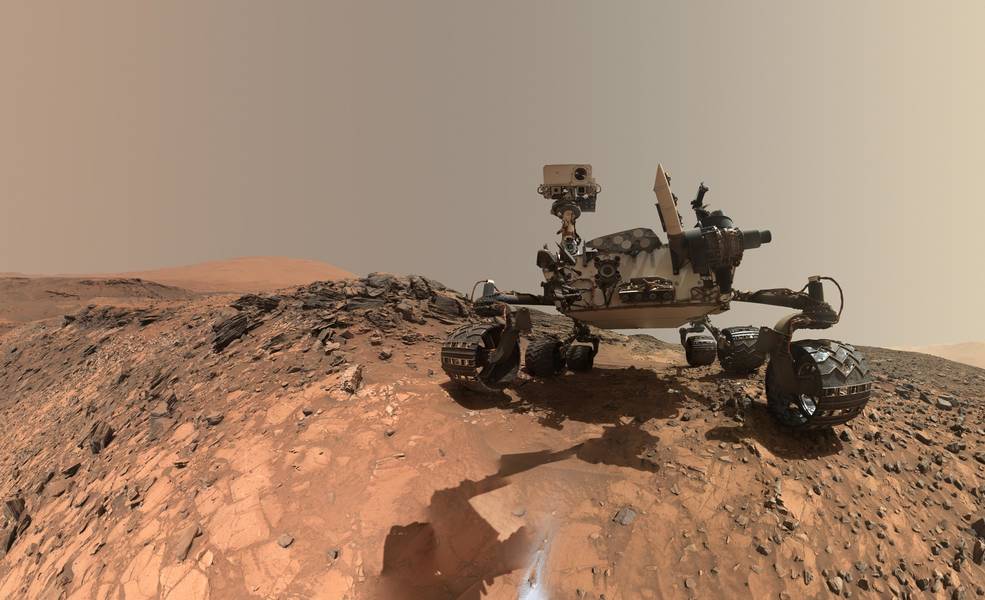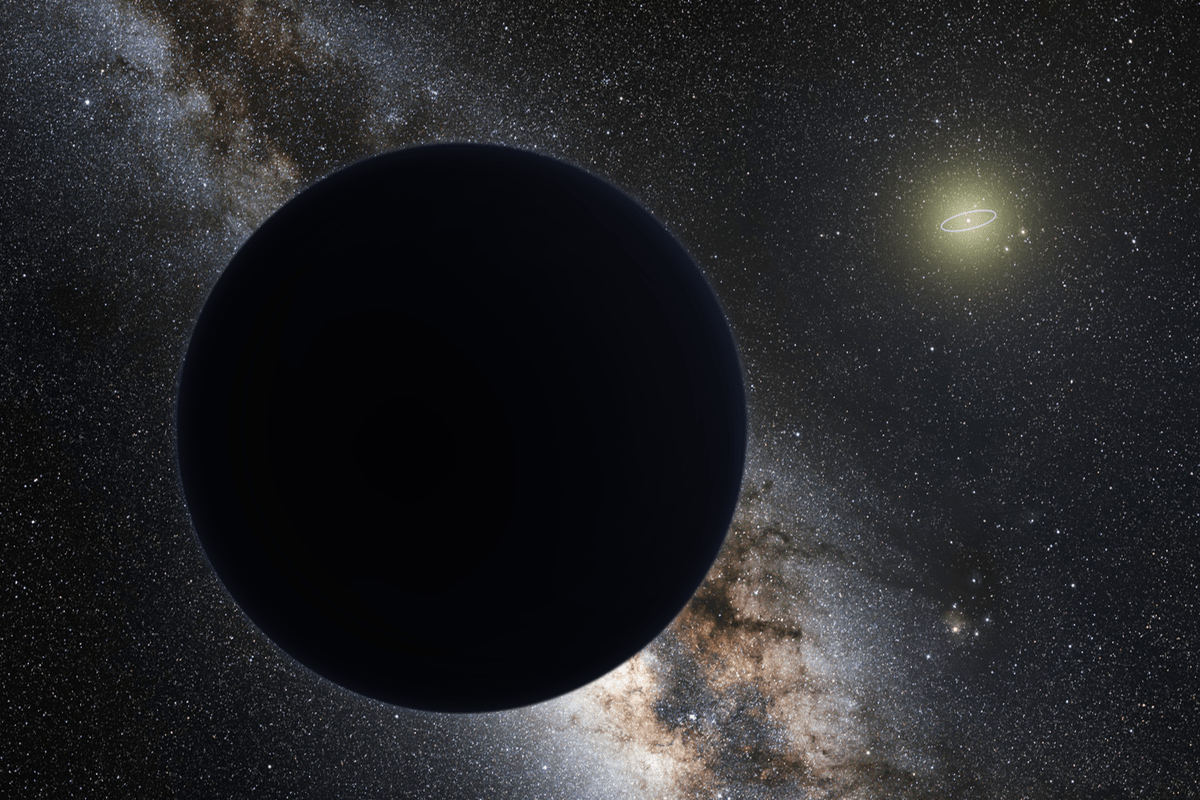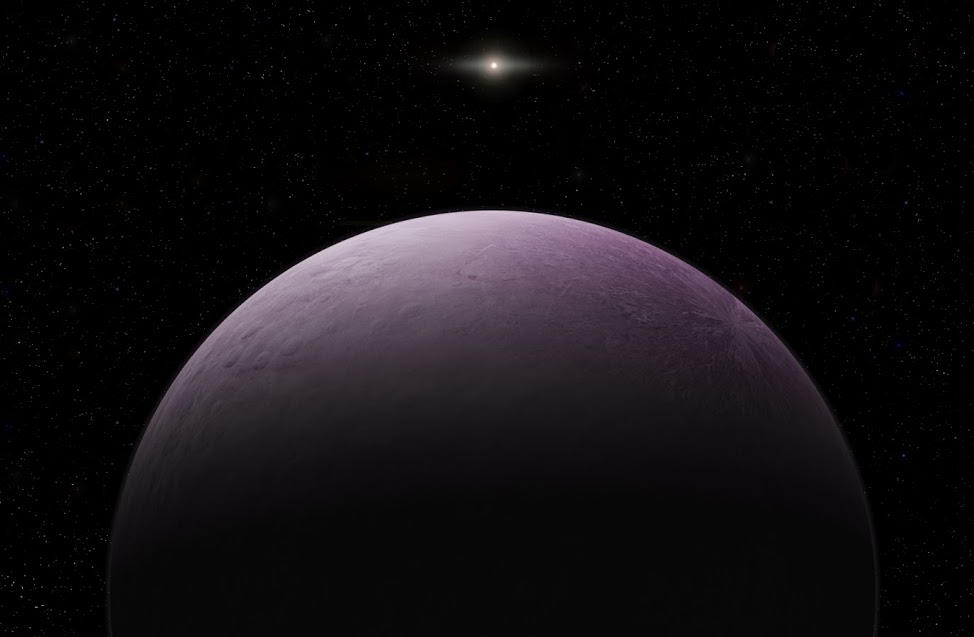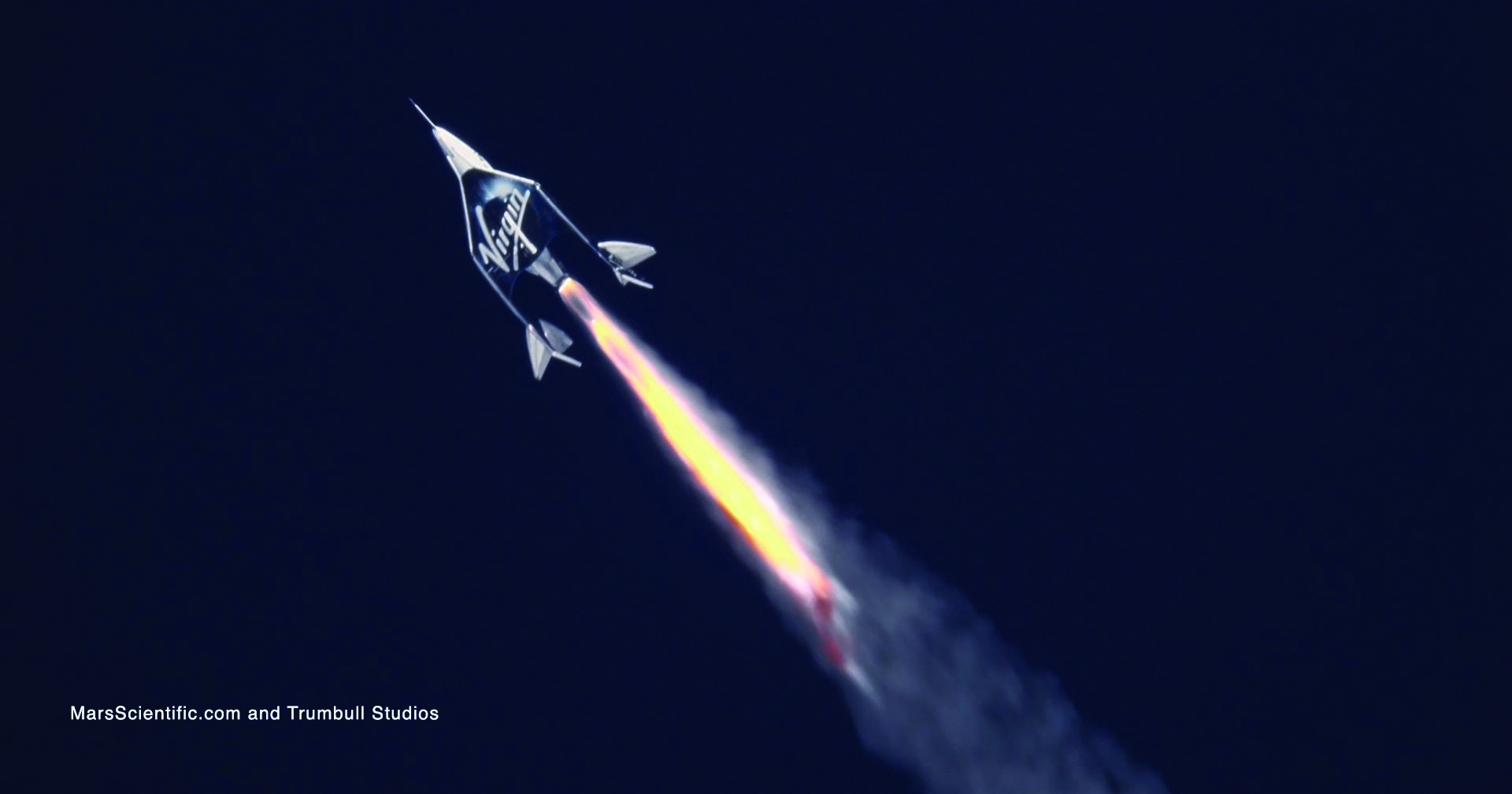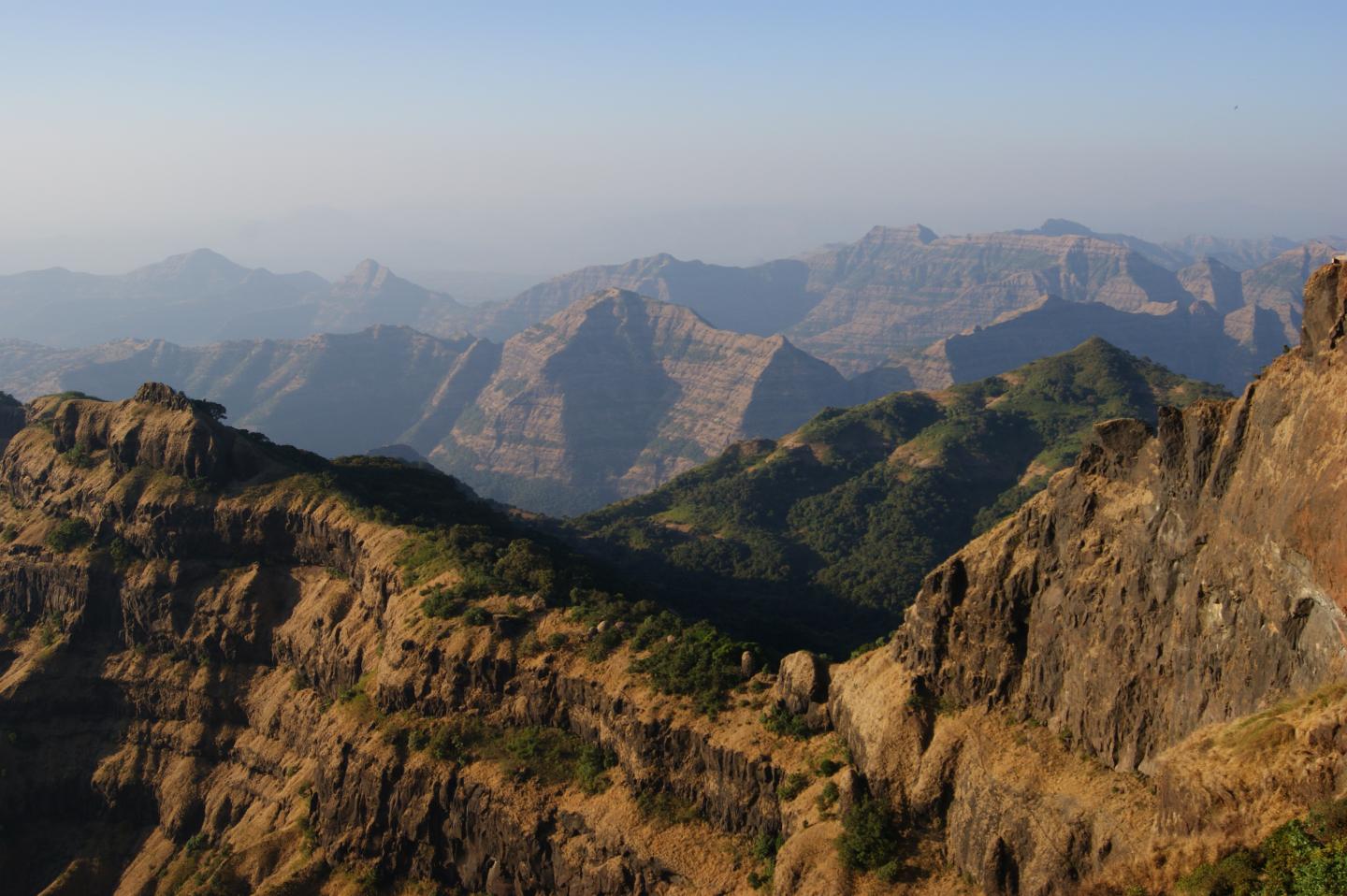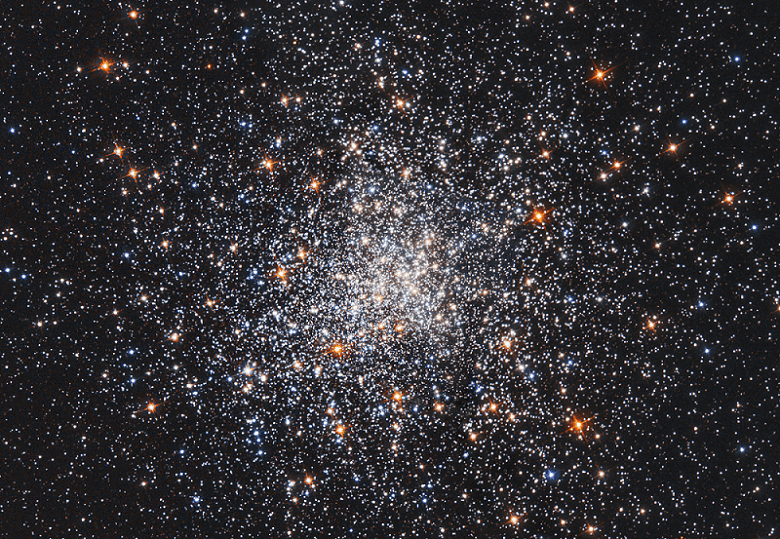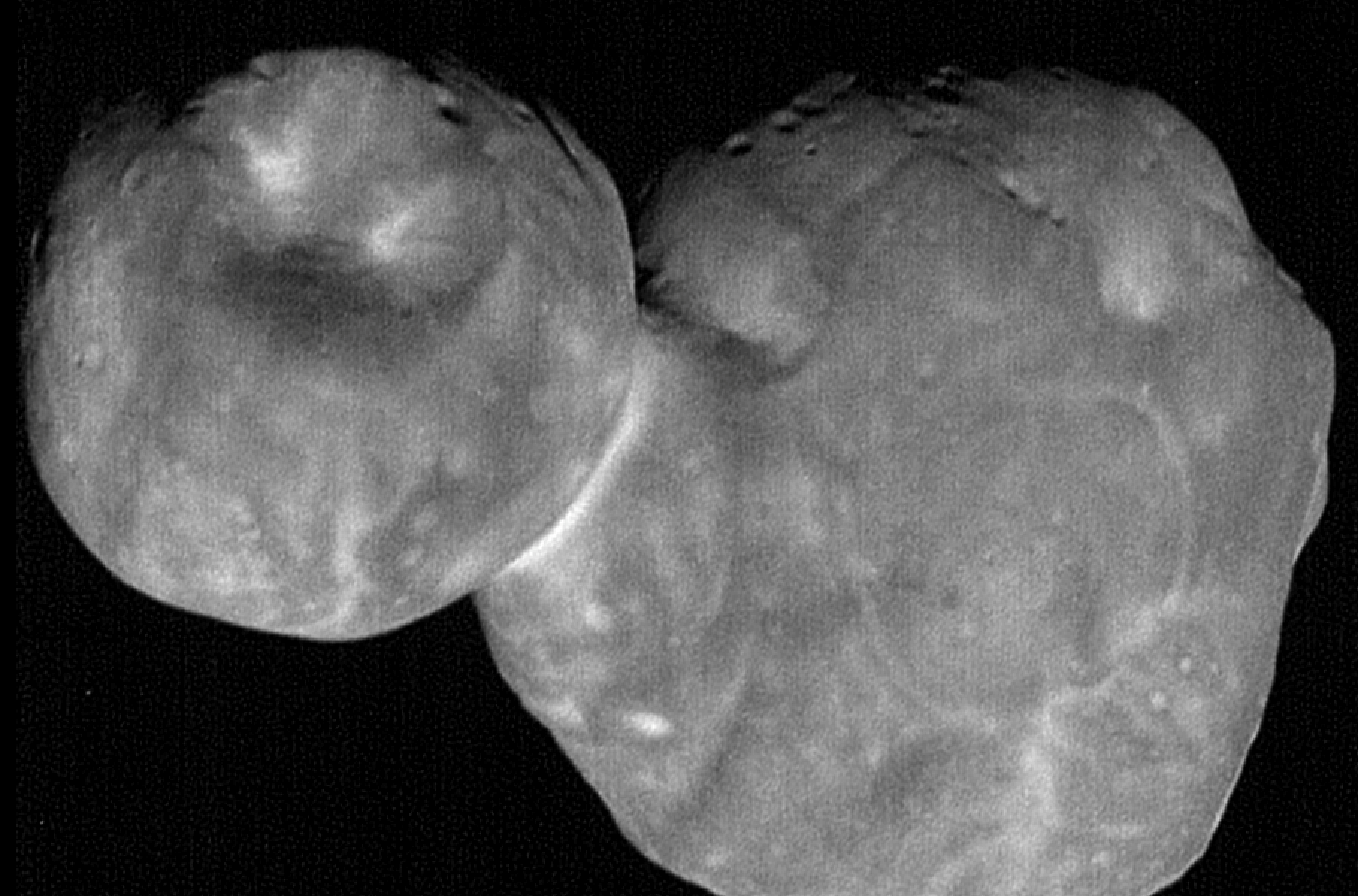In 2012, NASA’s Curiosity rover landed in the Gale Crater on Mars and began exploring for clues about the planet’s past and subsequent evolution. Since 2014, it has been investigating Mount Sharp (aka. Aeolis Mons) – the central peak within Mars’ Gale Crater – in the hopes of learning more about Mars’ warm, watery past (and maybe find signs of past life!)
On February 15th of this year (Sol 2320), Curiosity gave mission controllers a bit of a scare when it suffered a technical glitch and automatically entered safe mode. Luckily, as of Thursday, Feb. 28th, Curiosity’s science team reported that after getting the rover back online and running a series of checks, the rover is in good shape and ready to resume normal science operations.
Continue reading “Curiosity Crashed, but it’s Working Fine Again. NASA Won’t Have to Send Astronauts to Turn it off and Back on Again.”
